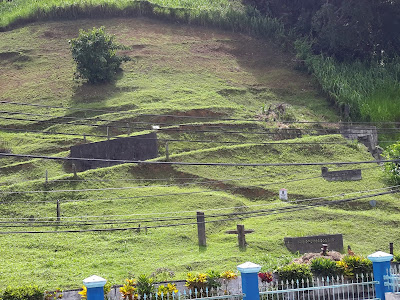ANNAPOLIS, MD
JULY 23 – 31, 2017
At 0806 hrs
on July 23rd, we departed Spring Cove Marina (38-20.088 N; 76-27.623
W) on Solomon Island for Annapolis, Md: 40 miles distant. The purpose of going to Annapolis was to have
Nathan Horton, from SeaFrost Refrigeration Systems, spec- out our system and
make recommendations on the installation of a new DC SeaFrost System. The 1991 Valiant 40 came with an engine
driven SeaFrost System that has worked
very well over the years. The main
drawback to this system is that the Main Engine has to be run two hours per day
to keep things cold. Additionally, since
the cooling isn’t constant, between refrigeration charges, it is difficult to
keep frozen food from having a slight thaw out.
The DC Refrigeration System will keep the temperature constant within a
few degrees. The plus side of the Engine
Driven System is that it keeps the batteries charged up because the engine is
being run two hours per day. The downside
of the DC Refrigeration System is that, with two compressors running, the
battery draw is 120 amps per day. We have
a D400 Wind Generator and a 240W Solar Panel that will put some of these needed
amps into the battery bank but, I believe, we will have to occasionally run the
engine to make up the difference. Our
battery bank is 600 amp hours and we have never had a problem with batteries
running low. In the end, a reliable DC
system is the better choice for keeping frozen and refrigerated food at optimum
temperatures. Whenever we have to motor,
the alternator is putting amps into the system.
On July 25th,
we shifted over to the Bert Jabin repair yard in Back Creek (38-57.710N;
76-28.917W) and Nathan Horton came aboard to spec-out the system. The end result was that the two existing SeaFrost
systems (Engine Driven and Shore Assisst) would have to be removed in order to
install a new SeaFrost DC Refrigeration System.
Also, some additional insulation would have to be added. It is a big job and will be expensive: just how much? I don’t know yet. This is the
difference between buying an older boat and a newer one. The newer one will take a lot more money
upfront but the older one will require more maintenance and replacing systems
as they become obsolete or wear out. I
still think that the better value is found in a well maintained older boat.
After the
consultation, we were ready to set sail
for New London, CT on Thursday July 27th, however, a severe Wx
Warning was given for the Mid-Atlantic States and New Jersey Coast. We plan to set sail on Monday July31st. In the meantime, we have always liked
Annapolis. The Annapolis Yacht Basin has
good moorings, pump out and Water Boat, showers, laundry, and a water
taxi. It is a safe place to be and, at
$35 per day, very reasonable. The old
historic district is interesting with lots of interesting places to see. The US Naval Academy has one of the best
maritime museums we have seen. They have
a collection of what were called Dockyard Models dating from 1650 until the end
of the golden age of great tall ship building in the early 19th
century. These small scale models were
made up as a guide for planning the actual construction of the vessels. They were, mostly, for the construction of
naval war ships. The museum claims that
it is the best collection in the world;
there is one in London that rivals it.
For those
that choose to anchor, there are many creeks that afford a safe place to be for
an extended period of time. Back Creek
is one possibility and has Water Taxi Service and Pump Out, or one can use
their own dinghy: these can be tied up
almost anywhere. Every street that ends
at the harbor is a dinghy dock!
We will
return at the end of September to have the new DC Refrigeration System
installed and attend the Annapolis Boat Show on October 5th. After that, along with all the other boats
heading South for the Winter, we, too, will be in that group.



































